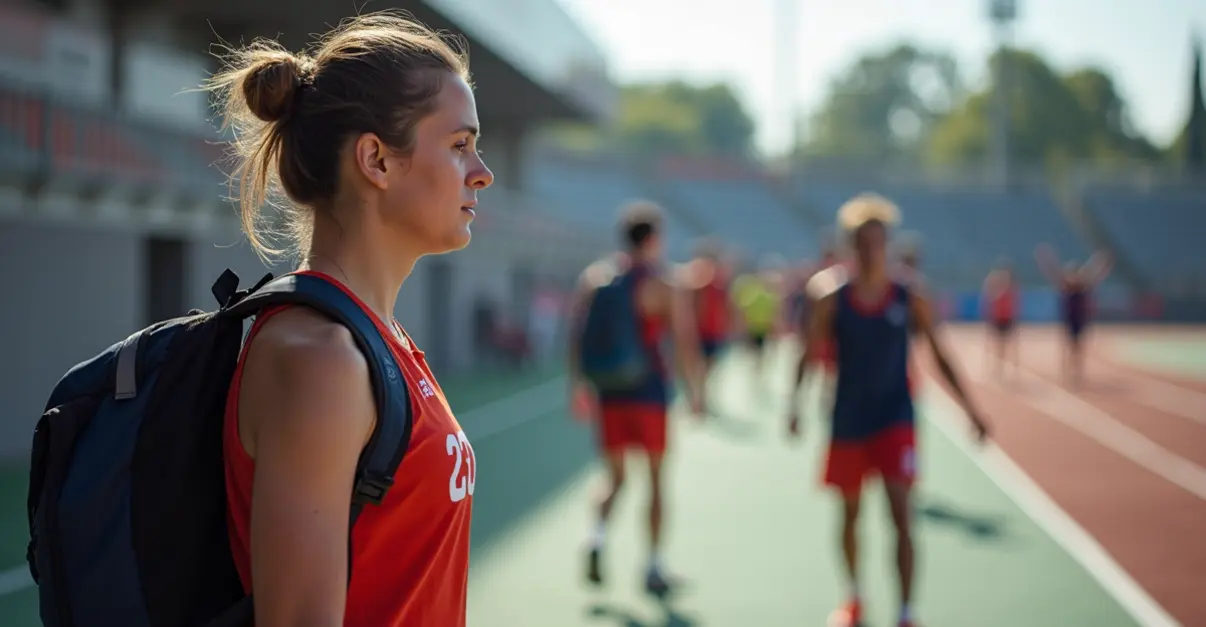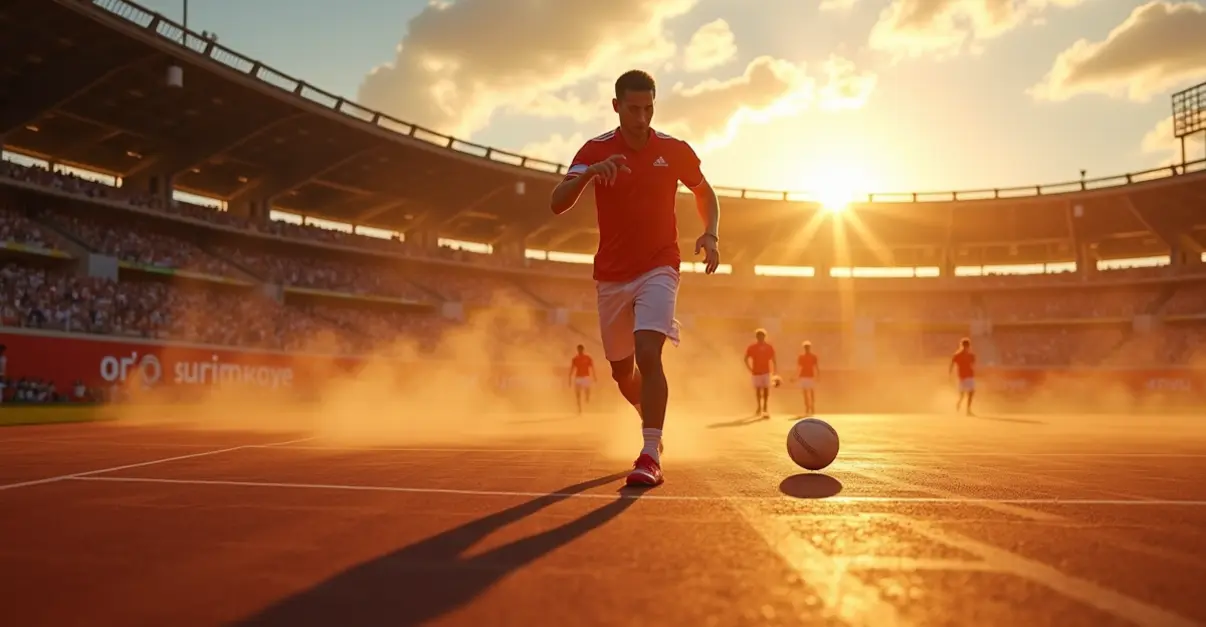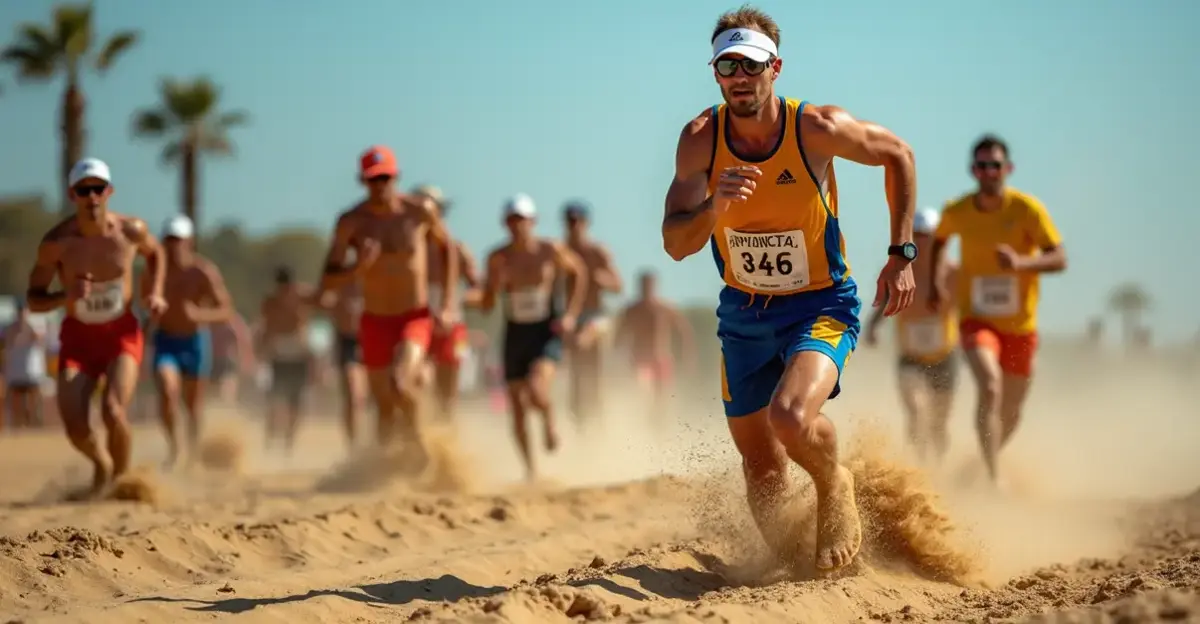Sports federations implement comprehensive heat safety updates including mandatory WBGT monitoring, color-coded activity restrictions, and enhanced hydration protocols to protect athletes from extreme heat conditions during 2025-2026 season.

New Heat Safety Protocols Transform Sports Events
Major sports federations worldwide are implementing sweeping updates to athlete safety protocols as extreme heat conditions become more frequent and intense. The 2025-2026 season brings comprehensive changes to how outdoor sports events are managed, with particular focus on heat stress monitoring and hydration requirements.
Wet Bulb Globe Temperature Monitoring Mandated
The most significant change involves mandatory Wet Bulb Globe Temperature (WBGT) monitoring at all outdoor sporting events. This sophisticated measurement system considers temperature, humidity, wind speed, and solar radiation to provide a more accurate assessment of heat stress than traditional temperature readings alone.
'We're seeing unprecedented heat conditions affecting athletes across multiple sports,' says Dr. Michael Johnson, a sports medicine specialist who consulted on the new guidelines. 'The old approach of just checking the temperature isn't sufficient anymore. WBGT gives us the complete picture we need to protect athletes.'
Color-Coded Safety System Implementation
Federations have adopted a color-coded system that triggers specific safety measures based on WBGT readings. When readings reach 79.7°F (Class 2), schools and event organizers must implement rapid cooling zones with cold-water immersion equipment. At 82°F (Class 3) or higher, additional restrictions come into effect, including mandatory rest breaks and activity modifications.
The most extreme conditions - when WBGT readings exceed 92.1°F - trigger complete outdoor practice bans. 'This isn't about limiting athletic performance,' explains Sarah Martinez, athletic director at a major high school federation. 'It's about preventing life-threatening conditions like exertional heat stroke, which can be fatal if not treated immediately.'
Hydration Protocols and Schedule Adjustments
Event organizers are adapting schedules to avoid peak heat hours, with many competitions shifting to early morning or evening time slots. Hydration protocols now require unlimited water access during all outdoor activities, with mandatory water breaks every hour during moderate heat conditions and more frequent breaks as temperatures rise.
The International Olympic Committee's consensus statement on heat safety emphasizes that heat-related fatalities are 100% preventable with proper protocols. 'We've learned from past tragedies,' says Olympic medical director Dr. Lisa Chen. 'The key is early recognition and rapid cooling. Every minute counts when dealing with exertional heat stroke.'
State-Level Legislation and Enforcement
California has taken the lead with new legislation requiring all schools to implement these heat safety measures. The California Interscholastic Federation (CIF) now mandates that member schools use wet bulb thermometers and follow strict activity limitations based on environmental conditions.
'The response from schools has been overwhelmingly positive,' notes CIF spokesperson Mark Thompson. 'Coaches understand that athlete safety must come first, even if it means adjusting traditional practice schedules.'
Medical Emergency Preparedness
All sporting events must now have emergency action plans specifically addressing heat illness, cardiac arrest, and other weather-related emergencies. Rapid cooling stations with ice baths and cold water immersion equipment are becoming standard at outdoor venues.
The National Federation of High Schools reports that proper implementation of these protocols has already prevented multiple heat-related medical emergencies this season. 'We're seeing schools get creative with their approaches,' says NFHS safety director Robert Williams. 'Some are using stadium lights for evening practices, others are limiting running distances during high heat. The common thread is putting athlete welfare above all else.'
These comprehensive updates represent a significant shift in how sports organizations approach athlete safety in extreme weather conditions. With climate change contributing to more frequent heat waves, these protocols are likely to become permanent fixtures in sports safety regulations worldwide.

 Nederlands
Nederlands
 English
English
 Deutsch
Deutsch
 Français
Français
 Español
Español
 Português
Português









